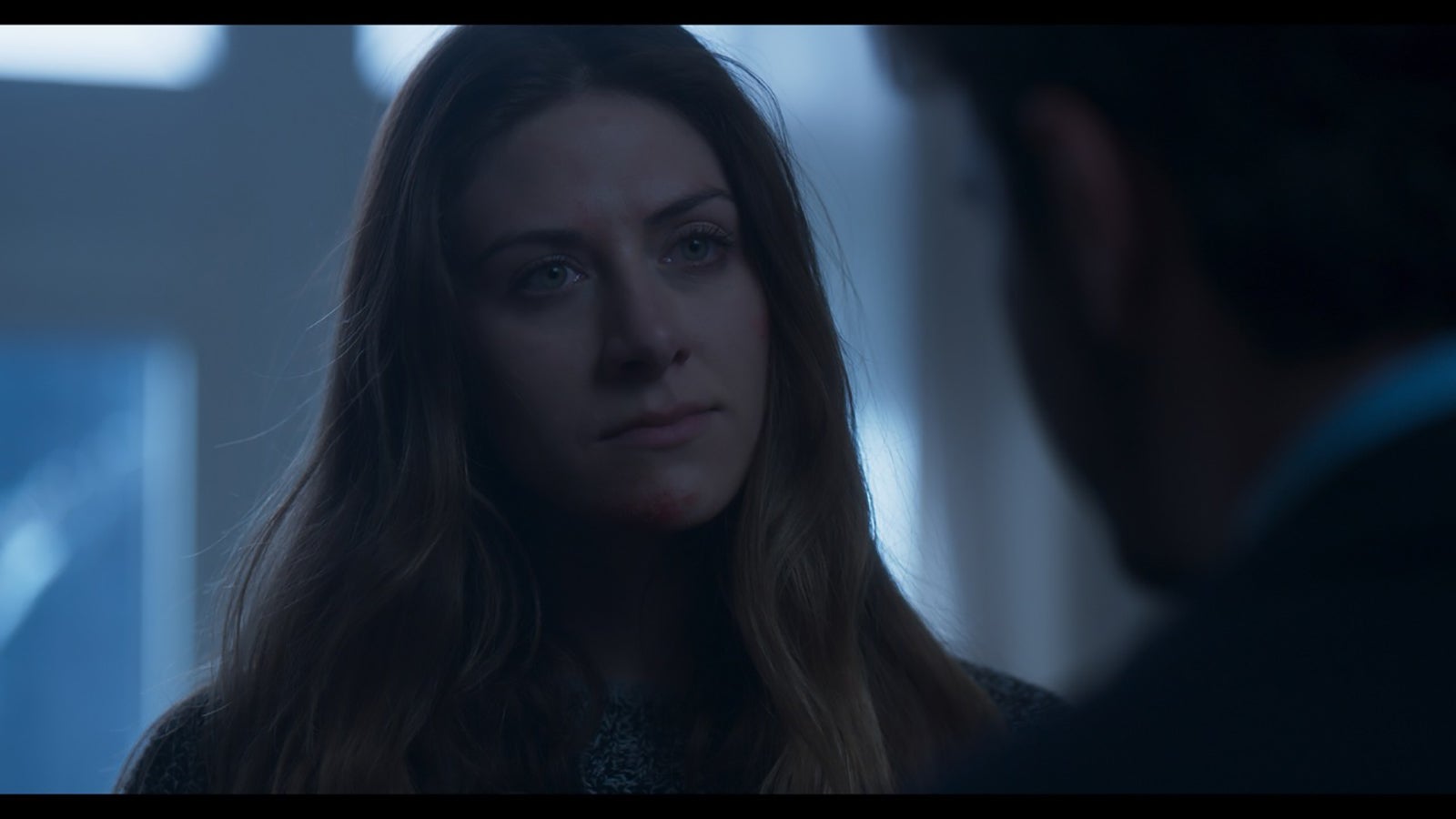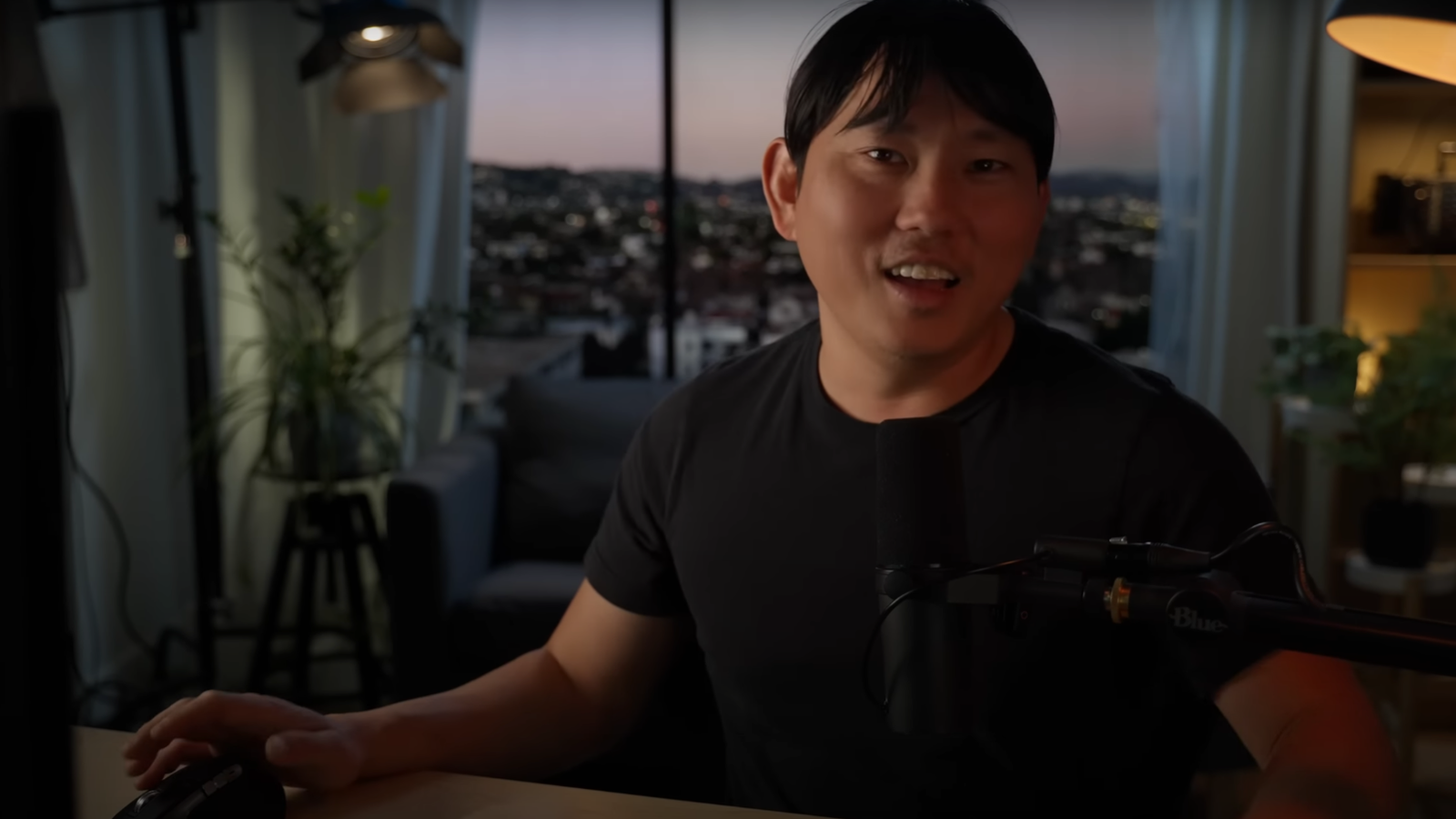
04-16-2020 - Case Study, Technology
DP Bradford Lipson shoots "In the Dark" Season 2 for The CW Network : Shot on VENICE
By: Jeff Berlin
Season 2 of “In the Dark” premiered April 16, 2020 on The CW Network. SonyCine.com recently sat down with series DP Bradford Lipson to discuss his approach to photographing the show and his journey from gaffer to cinematographer.
About “In the Dark”:
A flawed and irreverent blind woman is the only “witness” to the murder of her drug-dealing friend. After the police dismiss her story, she sets out with her dog, Pretzel, to find the killer while also managing her colorful dating life and the job she hates at the guide dog school owned by her overprotective parents.
Synopses of the first two episodes of Season 2:
"All About the Benjamin"
IN IT TOGETHER - Murphy (Perry Mattfeld) is on the mend from her terrifying encounter with Dean (Rich Sommer), but Nia’s (guest star Nicki Micheaux) visit spurs her into action. Murphy, Jess (Brooke Markham) and Felix (Morgan Krantz) must act quickly to devise a plan that will keep them out of Nia’s crosshairs and, possibly, save Guiding Hope in the process. Also starring Keston John. John Francis Daley and Jonathan Goldstein directed the episode written by Corinne Kingsbury.
"Cross My Heart and Hope to Lie"
LOST AND FOUND – Murphy (Perry Mattfeld) gets a surprise visit while the Guiding Hope team – Felix (Morgan Krantz), Jess (Brooke Markham) and Murphy –– work on a plan to cover up their new “business.” Darnell’s (Keston John) visit to Nia (Nicki Micheaux) takes an unexpected turn and Dean (Rich Sommer) gets a new mission. Also starring Casey Deidrick. Brian Dannelly directed the episode written by Yael Zinkow.
Season 2 Official Trailer
Jeff Berlin: How did you get started as a DP?
Bradford Lipson: I was a gaffer for 20-some years. My goal was always to become a cinematographer. I started to make the move while I was working on “The Office,” and right about that time a friend of mine offered me a show to shoot, a little half hour comedy, that would also give me an opportunity to get into Local 600. After that, any time I'd get offered a show as a gaffer, I would ask the director of photography if there was any opportunity for me to shoot.
I was very fortunate because all the DPs that I worked with were incredibly supportive. A DP friend of mine got the last five episodes of “Ugly Betty before it moved to New York,” and I got to shoot some of the double up days. I then went on to a Bruckheimer show called “The Forgotten” with DP David Stockton, ASC, and I ended up shooting three episodes there. “Heart of Dixie” with DP Bob Gantz was next. Bob said, "When I scout, you're going to shoot," and that further opened the door for me, as I shot two episodes of that series. I got offered the show, “Wilfred,” which was for FX. After season two, I submitted some work to the ASC awards, got nominated and ended up winning Outstanding Achievement in Cinematography in Half-Hour Episodic Television Series, which was such a fantastic experience and honor.
Jeff: Tell me about “The Wedding Ringer,” how that came about.
Bradford: It just so happens it’s thanks to the lead actor on “Wilfred” who introduced me to a director who had a small pilot he wanted to shoot. This director and I met for coffee and we hit it off. He was warm and gracious and I loved his energy so I agreed to shoot it with little money or budget.
We shot this pilot during a two week hiatus in the middle of “Wilfred.” It was just three days of shooting, a half hour comedy. The director was Jeremy Garelick. A couple weeks after the shoot he ended up calling me to tell me how much he loved working with me, he was also impressed with how good the pilot looked considering the lack of time or funds. I was excited to hear this as I absolutely loved working with him and was looking forward to our paths crossing some day. He then told me he wanted to send me a script for a feature film. He wanted me to read it and see what I thought. He sent me a script called “Best Man, Inc.” It was an absolutely hilarious and cleverly written script. It eventually was renamed “The Wedding Ringer.” I ended up shooting that movie for him with Screen Gems. That was my first substantial feature credit as a cinematographer.
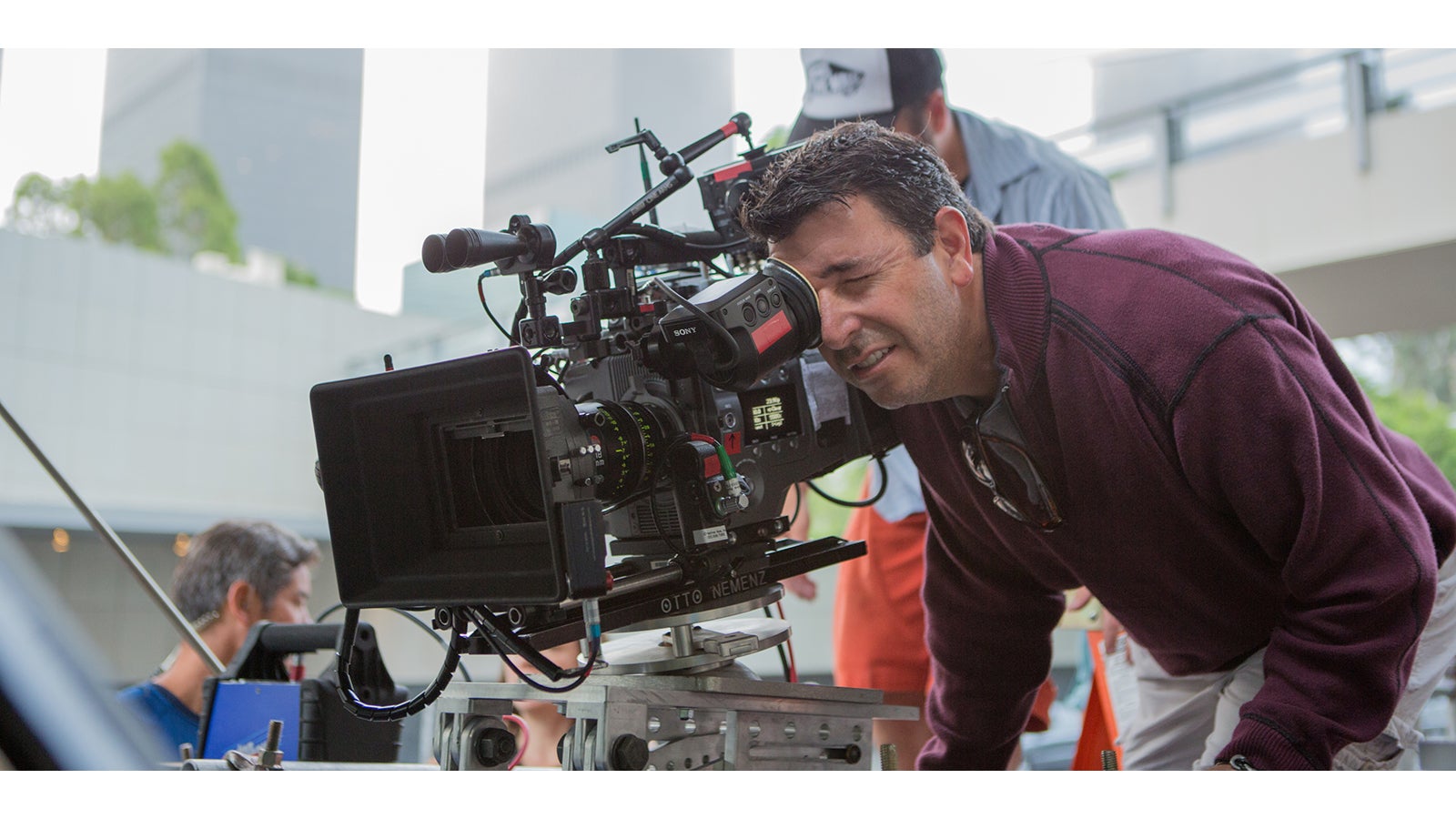
Bradford Lipson shooting "The Wedding Ringer" on the Sony F65
Jeff: Let’s discuss “In the Dark.”
Bradford: This all can be traced back to a show I did called “Finding Carter,” which was a one hour drama on MTV. I was brought in to shoot the last half of Season 2. On a TV series, the great thing is, you get to work with many directors. So, one of the directors, Brian Dannelly, and I just hit it off right from the get go. His episode was somewhat challenging with a lot of night exterior work. My approach was, to work off of as much practical lighting as we can, when we can. Augment when we need to, but then to make it look really tasty by designing lighting elements into the shots as opposed to having to light every single set up.
After that, Brian asked me about a couple other projects but the timing just wasn’t working out. Then he called me about “In the Dark.” He got hired on as executive producer and one of the directors of the show. He called and said, "Hey, I got this pilot. You'd be perfect for it. I want you to watch it and see what you think." As I watched the pilot, my wife Ginny, who was working at her desk nearby me got drawn into the show. By the end she said, "You got to shoot this show." I agreed as I was really blown away by the acting, writing and concept of the show. I took the meeting and got the job.
Jeff: On the first season, what kind of camera package were you using?
Bradford: I was using ARRI Alexa minis with Leica Summilux-C prime lenses and some Fujinon zooms. This was a very similar lens package to what I used for “The Wedding Ringer,” that I shot with the Sony F55 and F65. They’re beautiful lenses and the Fujinon zooms cut nicely with the Leicas.
Jeff: So you shot the first season and got renewed. What predicated your move to VENICE? How did that spark happen?
Bradford: I had heard rumors about the Sony VENICE having Dual Base ISO and how great it performed in low light. In the TV series, “In the Dark,” our main character Murphy is blind. One of the things I was intrigued with and wanted to capture, is the darkness around her, and that she wouldn't necessarily have lights on in her apartment unless her roommate was there, who's not blind. In Murphy’s bedroom we had no practicals, so if she was in there at night, the only light sources were coming from either the other room in the apartment or from the windows.
For Season 2, I wanted to explore that even more, and since the story arc was going to be darker for Season 2, I wanted to get into darker lighting and darker frames. That was at the top of the list of what drew me to the VENICE, the low light performance. Also very attractive is the color science, which is phenomenal. I love the wider color gamut as well. And I was also really interested in the Rialto extension system. We did some really fun things with the Rialto, which just opens up the creative doors. That was super exciting to me. And then after that, the built-in ND filters, where you have eight stops of filtration by one-stop increments.
That to me was a huge thing because with the Alexa, that's always an issue. I'm often already using two filters in front of the glass, so having those ND filters behind the glass is a godsend. When shooting exteriors, to be able to very quickly change your NDs to accommodate the exposure situation, that's huge and saves time which equates to saving money on set.
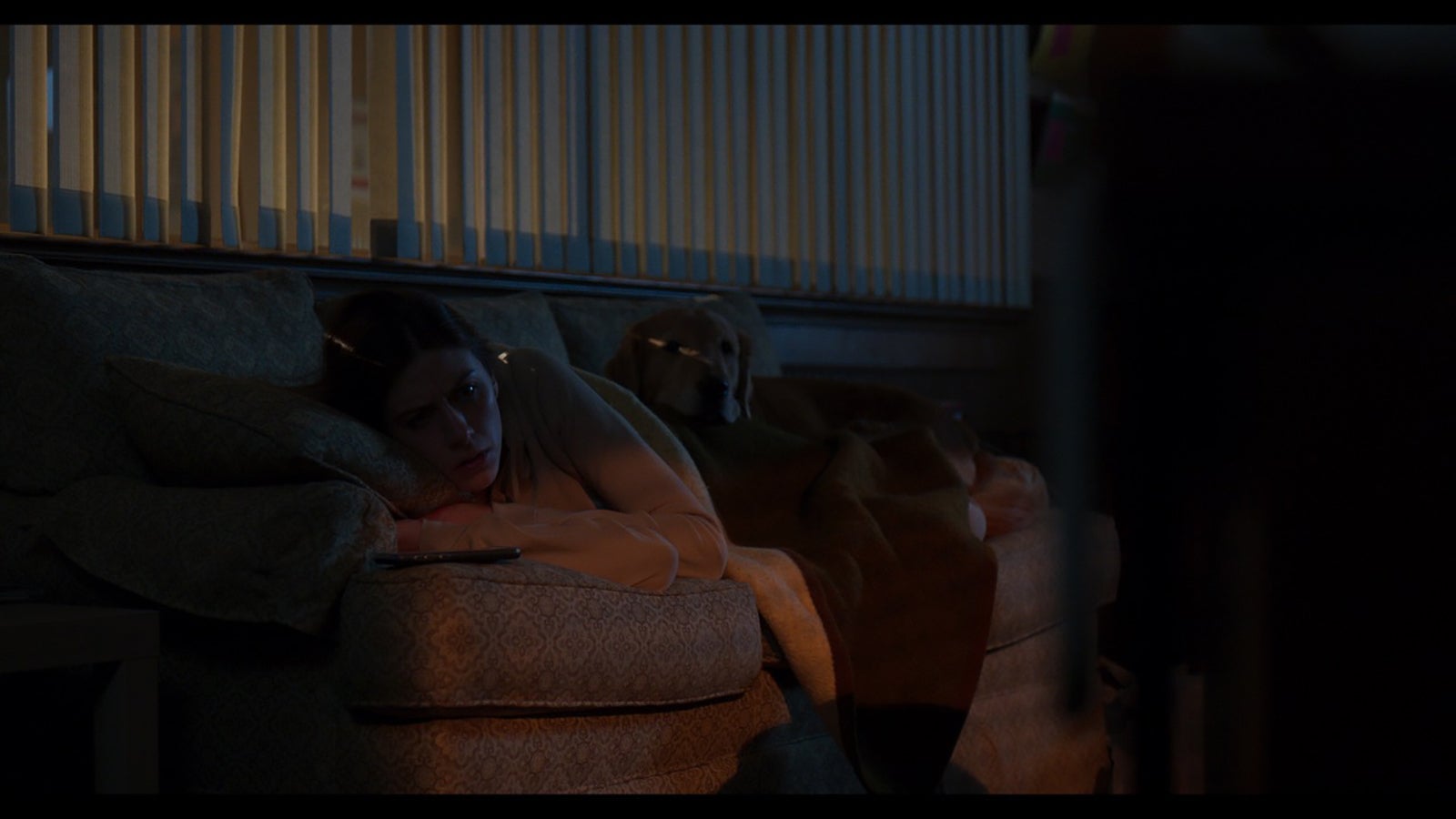
Jeff: What other filtration are you using?
Bradford: When we did our camera test at the Sony DMPC in Los Angeles, I ended up falling in love with Tiffen Black Diffusion/FX filters. They're really beautiful because they don't lift the blacks too much. They creates a nice diffusion and don't ghost as much as some other filters. I really enjoyed using those this season, and they were used extensively. I use a variety of filters but I’m most often playing one-stop polarizers, even on interiors along with the diffusion.
Jeff: How did the test go at the DMPC?
Bradford: I contacted Dan Perry of Sony and told him I was very interested in using the VENICE for Season 2, and that I wanted to do a test and would love to show the producers what the camera could do.
Dan and Laura Pursley were supportive so we set it up. I needed a stand-in and was wanting someone who looked as close to Perry Mattfield as possible. On a whim I reached out to her. I really only wanted to find out if she knew anybody in L.A. that she's worked with who could perhaps come in for this test. Her response was, "Well, wouldn't it be better if I was there?" I said, “Yes, it'd be awesome, but I don't expect that." She replied, "I know, but I want to do it," and she did.
My friend David Stockton, ASC joined us since he was also interested in looking at the camera, as well as our executive producer, Brian Dannelly.
We created a variety of different lighting setups. I tried to replicate how I would do something back in Toronto in the apartment set. Even though the spaces were aesthetically very different. I played a lot with color contrast and exposure contrast, pushing the highlights and shadows. We shot a variety of focal lengths on our Leica Summilux lenses, and I tried the Thalia large format lenses as well. We also tested filters at the same time to check diffusion and see how things highlighted and flared - kicks, ghosting, all that good stuff. And then we set up for low light to test Dual Base ISO.
For one test we set the camera to its 2500 ISO base and then set ISO at 800, 1200, 1600 and 2500. We had Perry walk through different lighting situations. In one scene, we had her passing through almost entire darkness. We had two practicals on and a very small bounce at about .5 f-stop. As she walked closer to the camera she passed by two table practicals and as she came into her close up she took out her cell phone, which was nearly all the light exposing her at that point. That's when I was really blown away by how beautiful it looked.
We then downloaded the files and went to the DMPC’s color suite. When we started playing around with the files in DaVinci Resove, I kept getting more and more excited. The blacks are just solid. They're rich, beautiful, and I also couldn't believe how much detail we could see in the shadows.
At this point I knew this camera was the best choice for our series. Our executive producer, Brian Dannelly, watched us work with the footage and said, "Oh my, this is beautiful, it’s going to be amazing." So he was sold. It was an easy decision to use the Sony VENICE for Season 2.
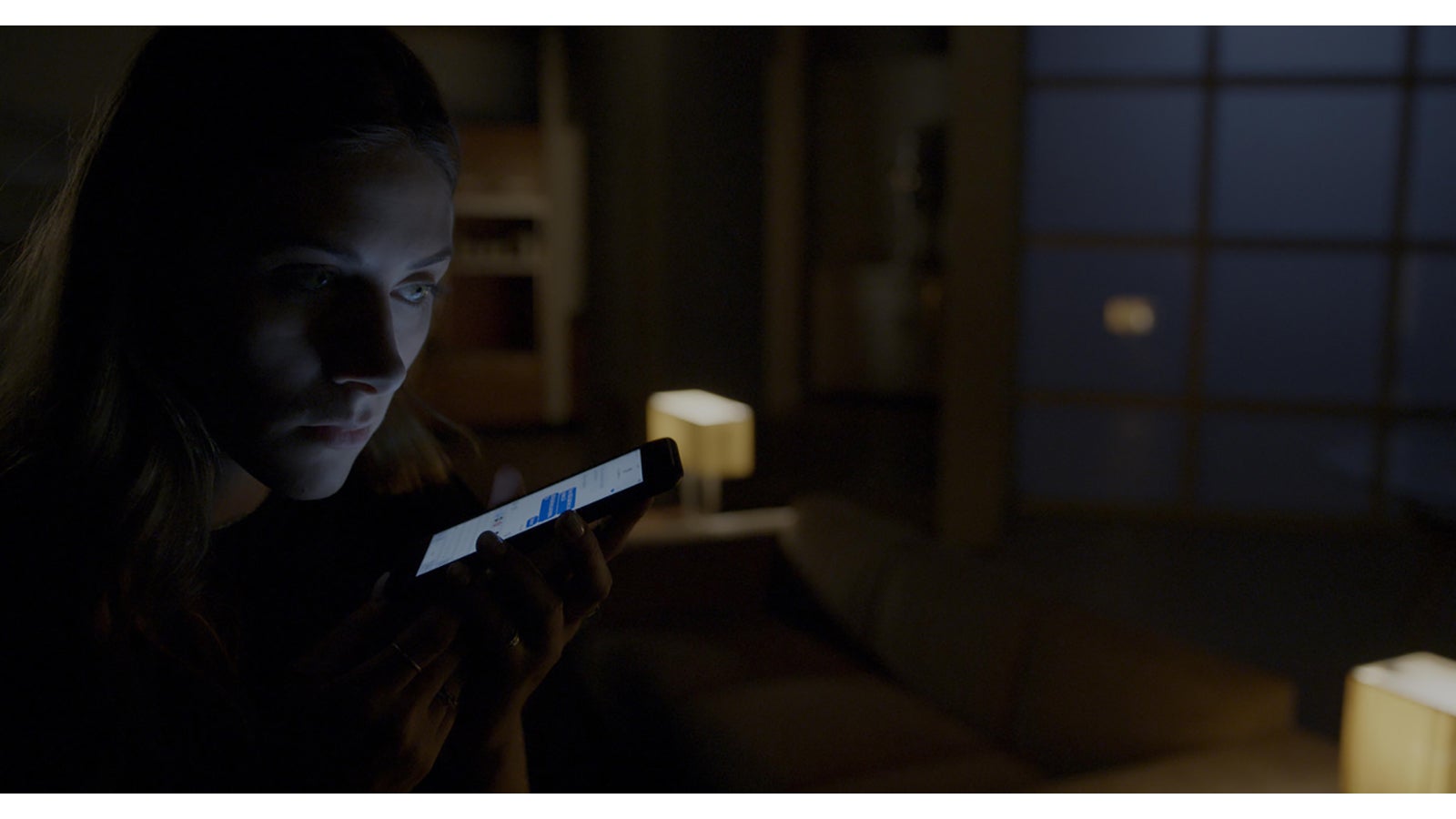
Frame grab from DMPC test
Jeff: How are you exposing for low light scenes?
Bradford: In low light levels, we found that with the camera set to its 2500 base and then set to 800 ISO, that was sufficient to be able to light and shoot at really low light levels, although there were a few times we shot at 1200 and 1600 ISO. The first time we were lighting, my gaffer and I both set our meters to 800 ISO. We'd light and then go back to the monitors and it all looked way too bright. We quickly surmised that you really just need to keep the meter at 2500 ISO no matter what. And then everything fell into place.
Jeff: So to be clear, camera was set to 2500 base, you dialed the ISO down to 800, and you kept your meter at 2500.
Bradford: Yes. Once we were doing that, our light values were properly exposed and we didn't have to do too much adjusting. I could just go back to the monitor and it always looked representative of what I was seeing and how it should be exposing.
For some street scenes we shot, I really took advantage of the low light capability of the camera. There were many times we were outside at night, and we were at this higher ISO and man, it's beautiful. It's rich and looks amazing.
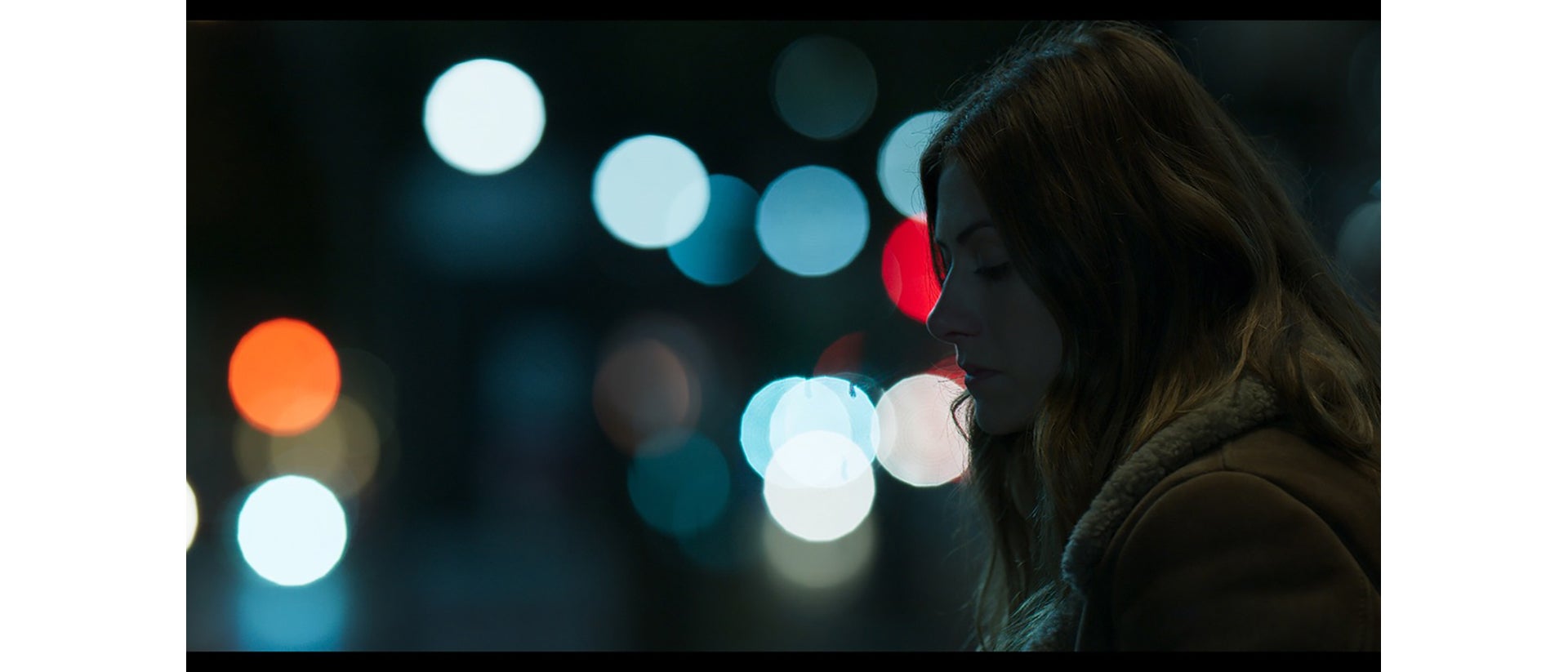
Jeff: You're not shooting for HDR, but you are using ACES?
Bradford: Yes, that is correct. My DIT, Dwain Barrick was running Livegrade for the monitor feed. When we're looking at the image and I'm lighting, it’s all through Livegrade. I'll make quick decisions like dialing down the blacks or rolling the highlights up or down a little, or pushing some more blue in the shadows, as an example. I will preface this by saying, I always try to do as much as I can in camera with lighting and color to keep from having to do too much manipulation in the grade. I would much rather try to get it as close as I can on set, looking at it with a Rec.709 LUT as my starting point and then going from there.
There are particular situations where we want a particular look. For instance we have a lot of scenes in a prison. Our show creator, Corinne Kingsbury, had asked me to give it a harsher look, different than Season 1, so for that I wanted to drive certain colors in certain directions and do a bleach bypass look. That was specific, so I had my DIT work on that while we were lighting. After the scene is shot, he ingests the footage and puts it through DaVinci Resolve, matching what we did in Livegrade. And it's at that point that he's putting it into ACES. From there we make dailies and the files go to Los Angeles where Level 3 gets them for posting.
Jeff: Cool, so what do you like about ACES?
Bradford: What I like is that it creates a very stable workflow. The colors and exposure, no matter what platform you're looking at them on, are going to match. When the editor is looking at it on his Avid and Level 3 is looking at it on their platform, which happens to be DaVinci Resolve, no matter where it goes, everybody's going to see it the same way. So it insures me that everyone will be looking at the dailies the way they were shot. It also eliminates the colorist in L.A. wondering exactly what I was trying to do in Toronto for a particular scene.
He understands, since it’s ACES, that he's seeing it as intended, as opposed to trying to interpret it wondering, "Did Brad really want this blue, or this red, or whatever.”
Jeff: Which codec did you use?
Bradford: X-OCN ST.
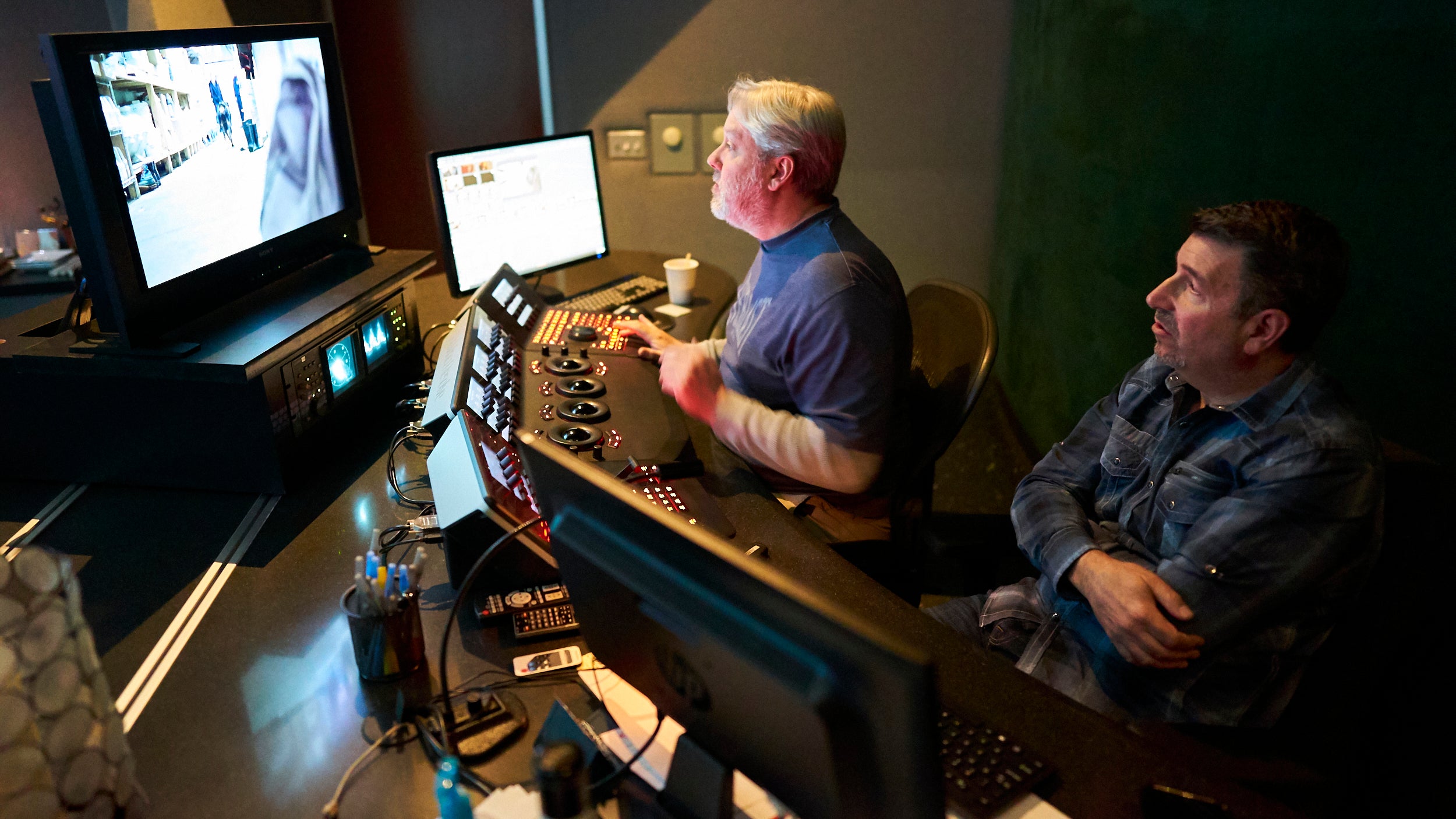
Photo Jeff Berlin
Jeff: How do you like working with the 16 bit files?
Bradford: Oh, I love it. There is so much color there to work with, so much depth. It gives me so much opportunity to have the image be exactly how I want it.
I'll give you an example of something that happened way after we wrapped and I was back in Los Angeles. During production we had shot a particular scene on a bar set, and it was supposed to be 3:00, 4:00 in the morning. I had a warm apricot sodium vapor light coming in through the front windows and door, shafting through the space, and we had atmosphere in the air. When I was back in Los Angeles color grading at Level 3, I saw they cut this scene with another scene where the characters end up going from inside to outside, where it's morning. The challenge was, can we change this particular interior scene that had been shot night so it doesn't look like all the other scenes that were at night, and also make sense and not be jarring when they head outside into the morning light? We were able to do that because there was so much latitude in the file. Our colorist, Michael Levy did an amazing job taking the highlights through the windows from a sodium look to more of a cool blue look. He was able to make it look like morning light as opposed to nighttime. So there's a great deal of latitude to play with. And I'll mention the color gamut again - between the color space and the 16 bit depth file, you can't go wrong.
Jeff: Will you be shooting Season 3 on VENICE again?
Bradford: Absolutely. I'm going with the same package I had last year.
Jeff: So this is interesting. You're shooting VENICE, which is a full frame sensor, but you're shooting on Leica Summilux lenses, which are Super 35. What do you love about those lenses? What do you love about that combination that you keep going back to it?
Bradford: There's something I can't quite place my finger on that is just so pleasing to me, and the images I get are exactly what I'm looking for. They are a sharp lens, but there's still a creaminess to the colors that I like. It’s a very nice camera / lens combination. I also like the low light capabilities of the lenses, they're T1.4s. On the show, we do a lot of visual language with depth of field. So for one character there will be more depth of field when we're with them, where I'll be stopped down to a T2.8 or a T4. Then when we're with Murphy, our main character, we’ll open up to a T1.4 so her world falls off more quickly around her and is more out of focus compared to everybody else. It's a subtle visual language, but I think it helps with the storytelling.
Jeff Berlin: What sensor setting were you on with those lenses?
Bradford: 4K 17x9
Jeff: How many cameras are you shooting with on the show?
Bradford: We were normally a two-camera show. I always had a third VENICE that was built out for a Ronin 2 and that was always ready to go. And then we certainly would have three-camera days, so it just depended on the situation.
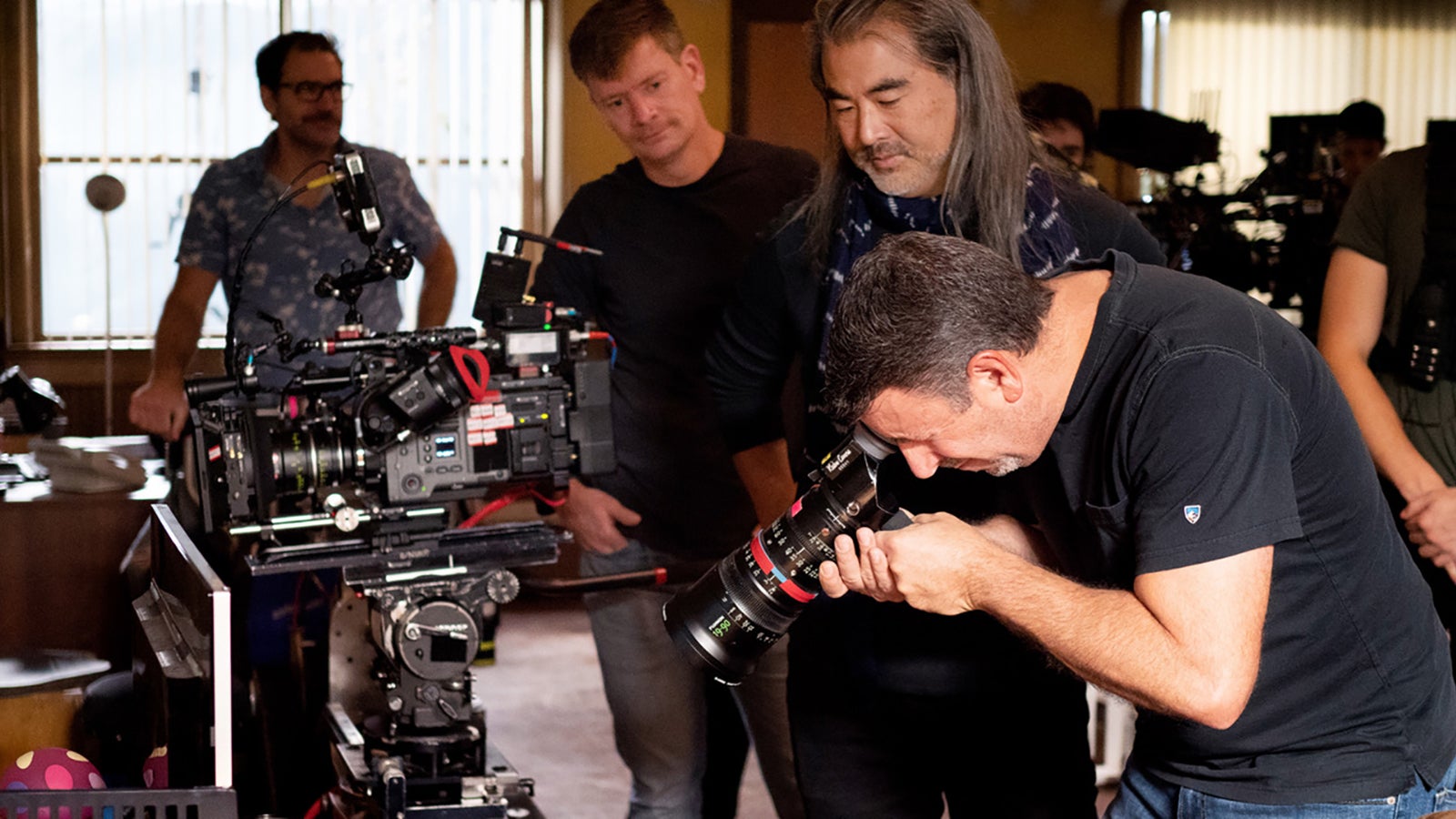
Jeff: What tips would you have for up and coming DPs?
Bradford: I think it's really important to learn lighting and understand what it can do for you. It's important to know what the tools are and how they work. Equally important is knowing how to adhere to a budget. Producers expect DPs to be highly involved in the decision making that keeps the show within budget. If you have an idea for how you want something to look, you better know what tools are going to give you that look.
Knowing what it takes to execute a lighting set up, what you’re asking of your crew, is very important because there are times when you will have to make a split-second decision and that decision can either sink or swim part, or all, of your day.
You also, don't want to paint yourself into a corner with lighting. You want to be able to light so that you can turn around and not have to relight the entire set for the turn around. That's why I think lighting is probably the top of the list. And then there’s composition, but with that you can even go out with a still camera and practice. You should be looking at images from other photographers, cinematographers and works of art and thinking, "Okay, I like this particular composition. What do I like about it?" I think there are more ways to practice composition and lensing than there are with lighting. So finding ways to learn and practice lighting is probably one of the best things a new DP can do.
Jeff: How did your camera assistants like working with the VENICE?
Bradford: They loved it. The camera is so user friendly and a joy to work with. My A camera First, Pierre Branconnier said “One thing that I enjoyed working with the Sony VENICE was the dual display for menu control on both sides of the camera that allowed me to adjust the shutter angle, ISO, ND selection, white balance, and frame rate”.
Jeff: Menus easier to navigate?
Bradford: Menus are easier to navigate. From a technical standpoint regarding the camera systems, I think everybody enjoyed working with the VENICE. What I love about my camera department, as well as my gaffer and key grip on the show, is they're just as excited as I am. When they're looking at the images on the monitor and saying, "Wow! These images are beautiful." It really motivated everyone to bring their A game to work every day. I think we can all be proud of the work we did this season.
Bradford can be found on Instagram at @brad_lipsondop.
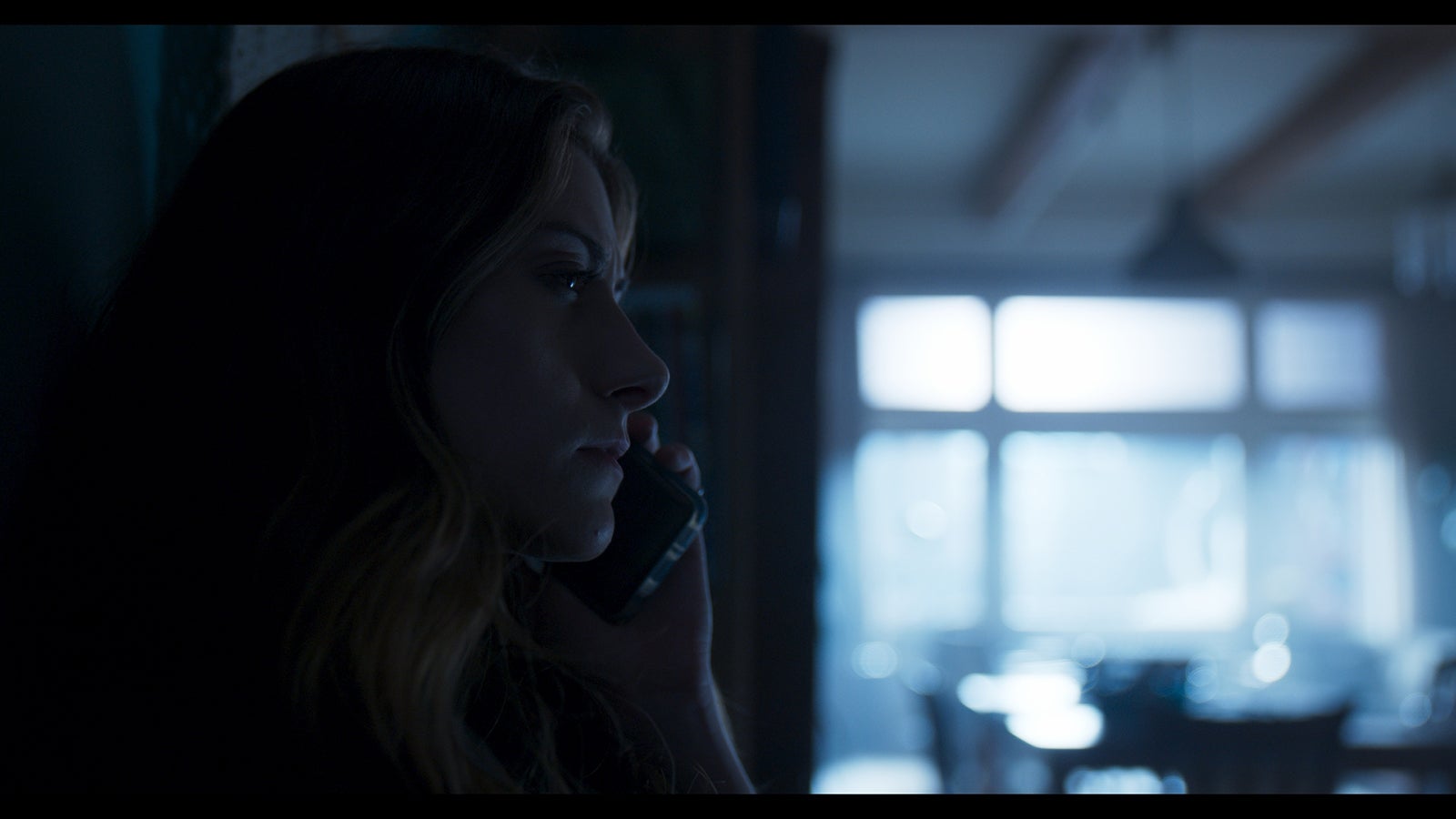
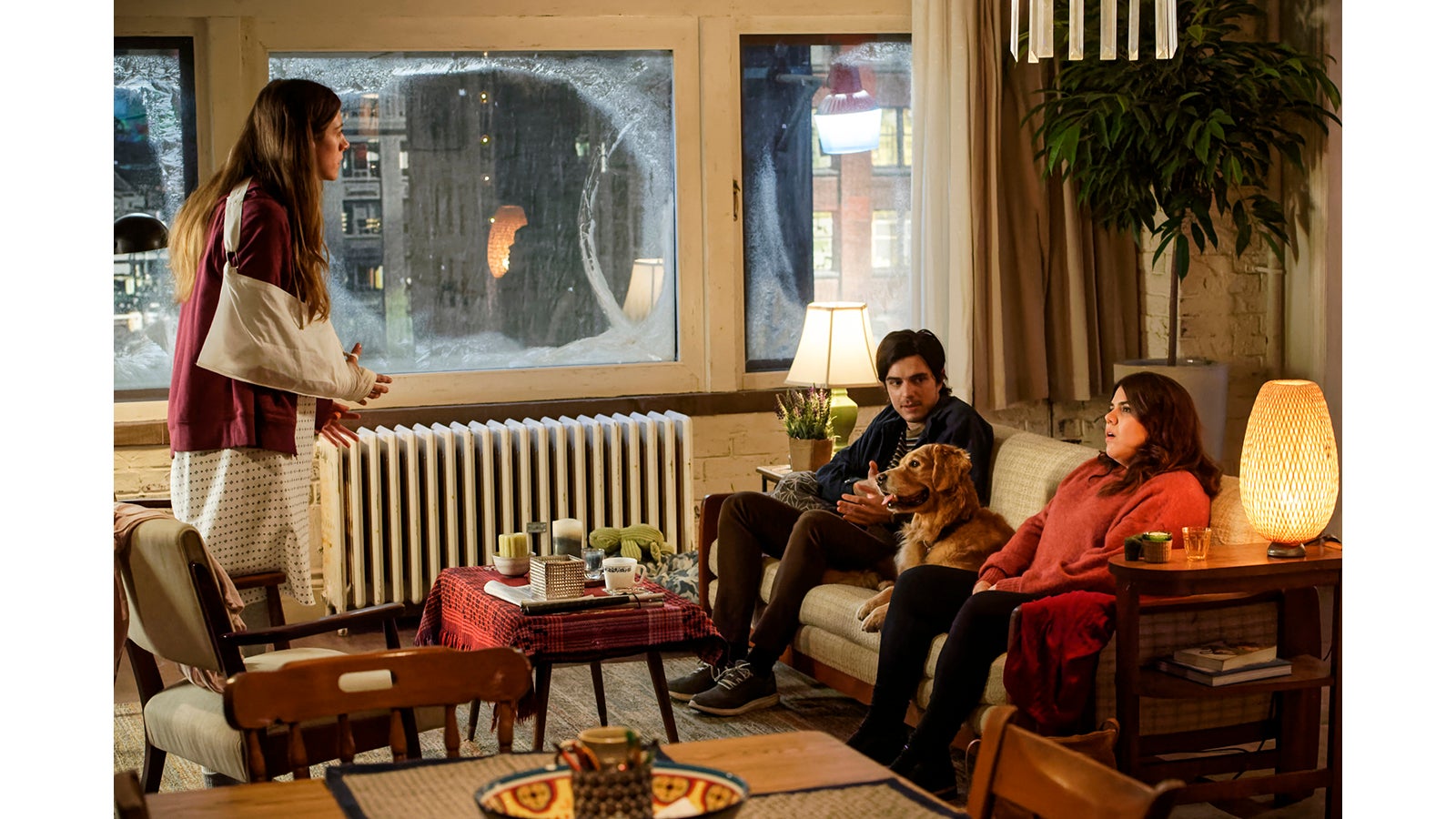
Photo: Ben Mark Holzberg/The CW
